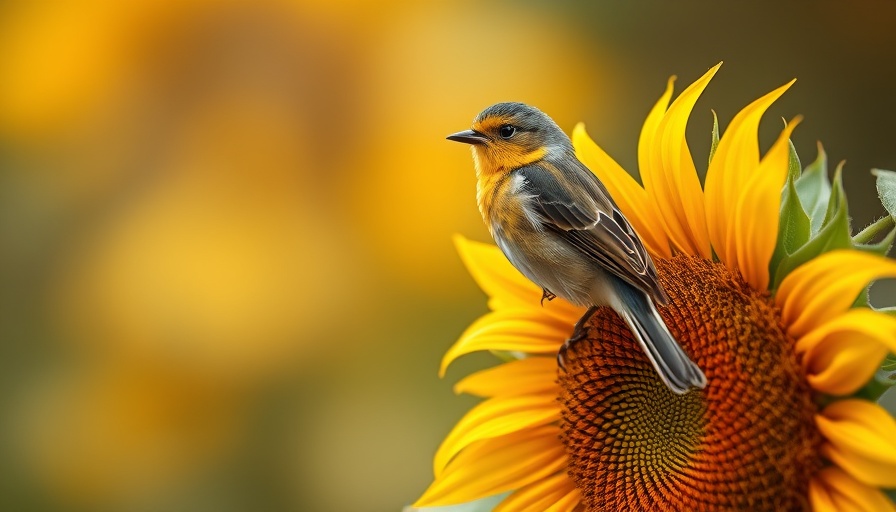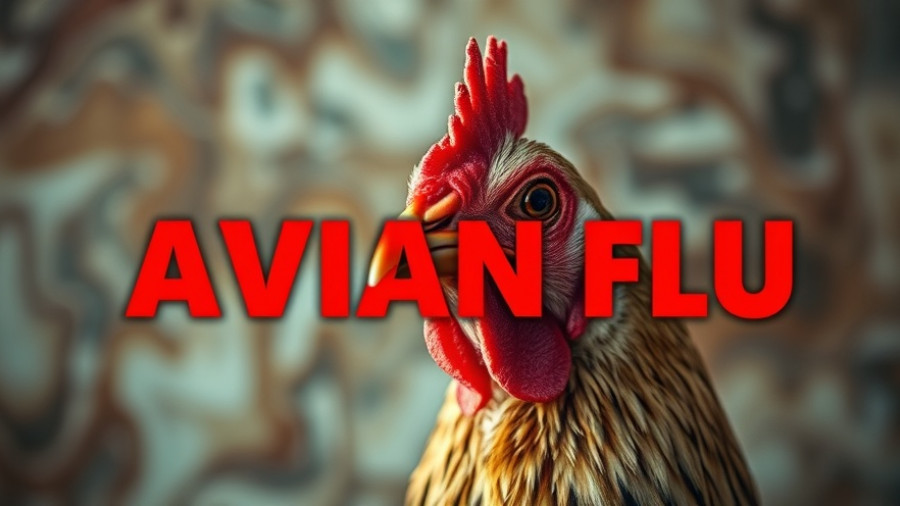
Why Birds Adore Sunflowers: Understanding the Attraction
As a gardener, witnessing birds flock to your sunflower patch can be both delightful and distressing. Sunflowers, with their abundant seeds, naturally attract various bird species. These birds are drawn by the high protein and fat content of the seeds, which provide a nutritious meal. Tall sunflower stalks also offer easy perches for birds, making your garden appear as an irresistible buffet of delectable treats.
Effective Barriers: Keeping Your Garden Safe
One straightforward and effective method to protect your sunflower harvest is by using physical barriers. Bird netting or mesh is an excellent solution. This lightweight and transparent material can be draped over your plants, creating a protective barrier that restricts birds from accessing the seeds. Ensure the netting is securely fastened with stakes or frames, preventing any gaps that could allow sneaky birds to slip through.
Using Scare Tactics to Deter Birds
Another strategy is to employ scare tactics to dissuade birds from feasting on your sunflowers. Consider hanging reflective objects, such as old CDs or aluminum foil strips, which create movement and glint in the sunlight, shocking potential munchers. Scarecrows and decoys, often seen as traditional safeguards, can also deter these feathered pests. Orchestrating a bit of noise can further help; noisemakers such as wind chimes can create an unfriendly atmosphere for birds.
Distract Them with Companion Crops
Planting companion crops can be an insightful tactic to distract birds from your sunflowers. Consider integrating plants that are equally attractive to birds but less significant to your yield. For example, millet or other grains can serve as alternate food sources that draw attention away from sunflower seeds.
Final Thoughts: A Unified Approach
To safeguard your sunflowers, a combination of strategies often yields the best results. From installing bird netting to employing scare tactics and offering alternative seed sources, you can effectively diminish the allure of your garden to feathered intruders. By understanding why birds are drawn to sunflowers and employing these measures, you can enjoy the beauty of your garden without sacrificing your hard-earned crops.
 Add Row
Add Row  Add
Add 




Write A Comment